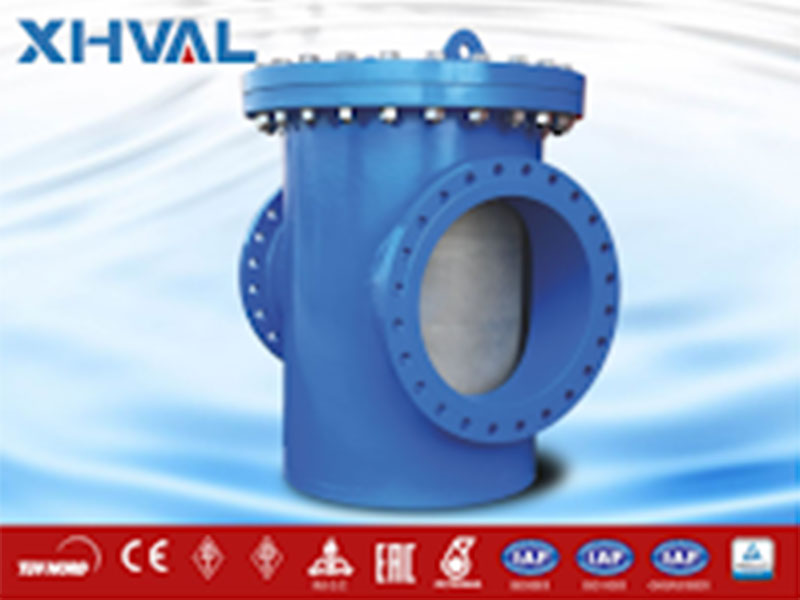Source: XHVAL
This post provides an overview of basket strainers as well as some basic concepts for describing and selecting filtering equipment. It is intended to be a complete guide. Furthermore, it concentrates on the most common Basket strainers used in current oil and gas procedures.
Strainers, unlike filters, usually only provide a single barrier to the process stream and have a fixed aperture (eg. 0.5mm perforated holes). Filters are frequently made of a fiber material that creates a variety of random apertures whereby the operation stream can pass. The dirt becomes stuck in various places throughout the material, clogging the filter component and necessitating its replacement. Let’s get this party started.
What are Strainer Valves?
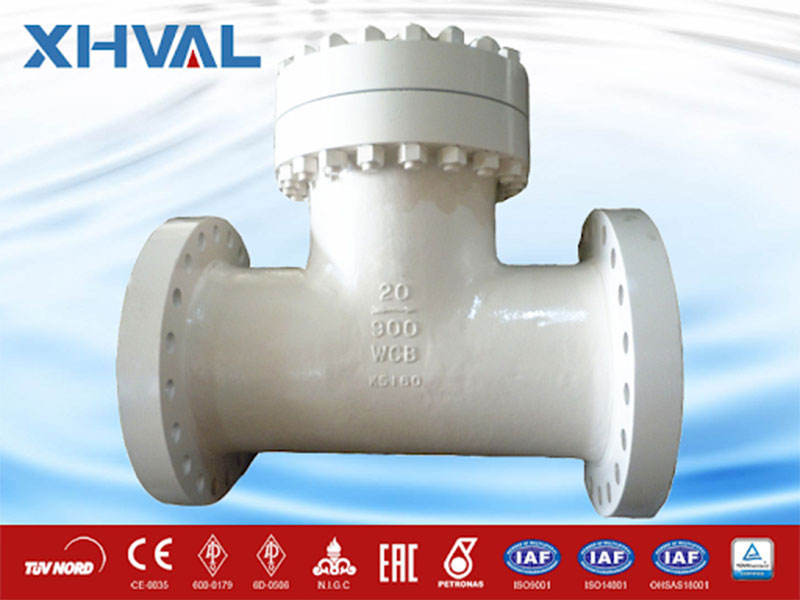
Source: XHVAL
Strainer valves are a pipe connection that permits liquid to flow through for purification, sifting, or separation from solid substances; everything that sieves a liquid; and anything that functions as a strainer or filter to prevent solid items from mixing in a fluid flow or streamline. Strainers catch pipe debris such as scales, wear, dovetail connections, composite, and weld metal, protecting machines and procedures from their detrimental effects and reducing downtime and repairs.
What is a Basket Strainer?

Source: UNSPLASH
Basket strainers are used in the oil and gas sector to collect debris and other impurities during pipeline opening. Basket strainers are most commonly utilized in liquid service usage where the screen area proportion must be greater than the pipe area ratio. Basket strainers, such as our Conical Screens, are employed to keep water flowing freely through pipelines, valves, and spray nozzles.
A sealed tank with an interlaced mesh screen or perforated metal basket is used in an industrial basket strainer filtering system to eliminate solid debris while fluid runs across it. This technique prevents foreign materials from damaging expensive equipment like valves and pumps.
Classification of Basket Strainer

Source: UNSPLASH
The classification of basket strainers can be further broken down into 2 categories:
A). Based on the Mesh size

Source: UNSPLASH
There are 3 primary filtering groups for strainers:
Coarse Strainers: sed for particles that are larger in size
Medium Strainers: Employed for particles ranging in size from 75 to 1905 microns
Fine Strainers: Used for particles with a diameter of less than 5 microns
B). Depending on the Manner of Functioning

Source: UNSPLASH
Simplex
These are mono-chambered pieces of machinery that are installed in pipeline systems to eliminate particles and trash from the running stream. These strainers are not suitable for progressive processes since they necessitate the operation to be stopped for a period of time in order to change or clear the basket strainer. By examining the pressure at the entrance and output, we can readily detect when the basket is jammed.
Duplex
It’s a twin basket strainer made out of two similar simplex strainers connected by pipe and valves. These are highly important for procedures that require progressive operation and contain 2 autonomous basket strainer sections with shared inlet and exit ports. The main advantage of a duplex strainer is that it does not need to be switched off when it becomes jammed because it has a butterfly valve that guides flow via either side without turning it off.
Self-Cleaning Basket Strainer
It’s a more advanced version of the basket strainer, often known as an automatic self-cleaning strainer. Fluid will pass from the intake to the self-cleaning strainer and then to the output in this strainer. The impurities will be trapped in the strainer component until it clogs. When the divergent pressure reaches a certain level, the clog clearing procedure begins instantaneously. The strainer component will then be back-washed by the system. During this time, the inflow pipe will be blocked while another valve will be opened, allowing debris particles to exit the filter system. They mostly provide two benefits:
Reduced downtime because baskets do not need to be removed for cleaning, lowering maintenance costs.
Maintenance expenditures that are stress-free.
Parts of a Basket Strainer
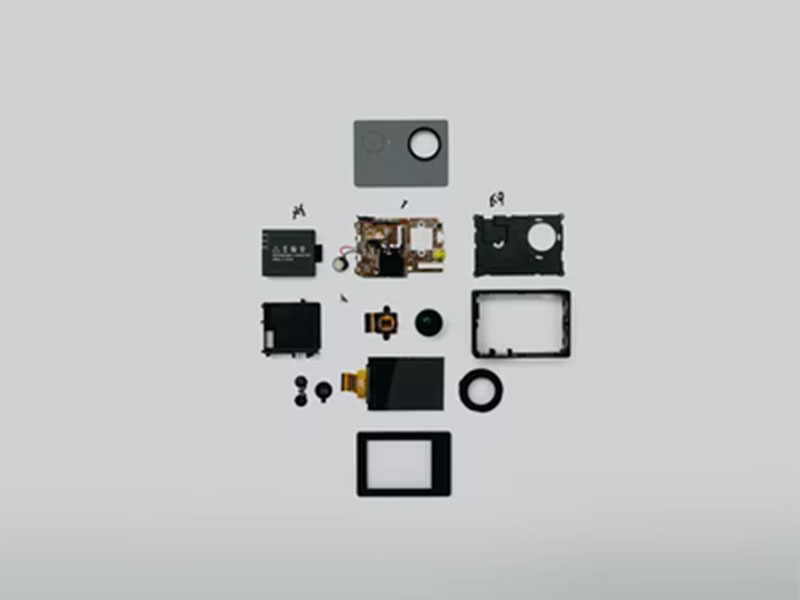
Source: Unsplash
Basket strainers are made up of a variety of sections and parts, that are described below:
- Enclosure for an Industrial Basket Strainer: The basket assemblage is held in place by the strainer’s outer covering.
- Filter Component: It’s a washable screen with a built-in basket strainer that allows bigger particles or debris to be filtered out of the pipe system. Straight or staggered perforated plates make up the basket sieving component.
- Handle: It has a comfy handle that makes removing and installing the basket assembly a breeze.
- Internal Cylinder: By adjusting the position, it shuts the inlet and exit for the restoration of filthy components.
- Vent Valve: Employed to relieve pressure.
- Jamming Indicator: It lets you know when the filter component needs to be replaced.
- Blow Off Valves: It eliminates debris particles and aids in the cleaning of strainer chambers.
- Entry Port: It’s where tainted procedure fluid enters the strainer component.
- Discharge Port: It’s the spot where the strainer component’s clean fluid escapes.
Variables for Basket Filter Design

Source: Unsplash
1. Detachable Basket Assembly Building Materials
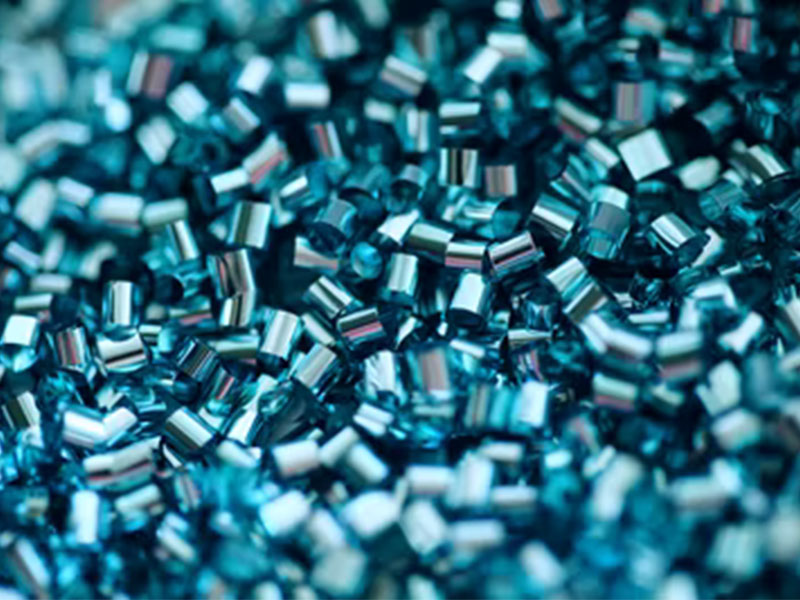
Source: Unsplash
Stainless steel mesh (304l/316L) is utilized to make beverage and food strainers, although other wear-resistant metals can be utilized to treat extremely corrosive fluids.
2. Procedure Type

Source: Unsplash
Alt-Text: Person Writing on Board
Understanding whether the procedure must function in batch or progressive mode is crucial for model selection.
3. The Fluid’s Nature
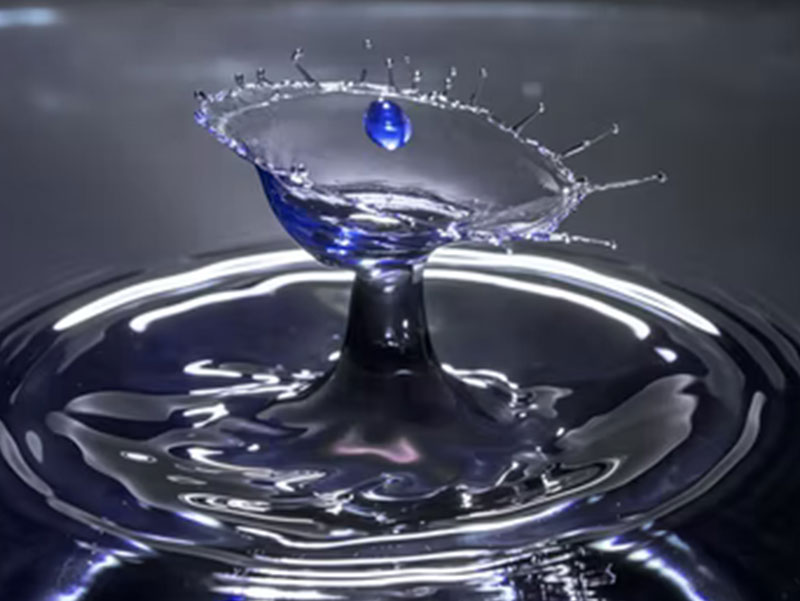
Source: Unsplash
It is critical to determine whether the fluid is liquid, gaseous, caustic, or corrosive.
4. Procedural Variables

Source: Unsplash
When purchasing an industrial basket strainer for use in a piping system, make absolutely sure that the system’s operating pressure, temp, rate of flow, and other factors match the strainer’s specified requirement.
5. Uncomplicated Cleaning
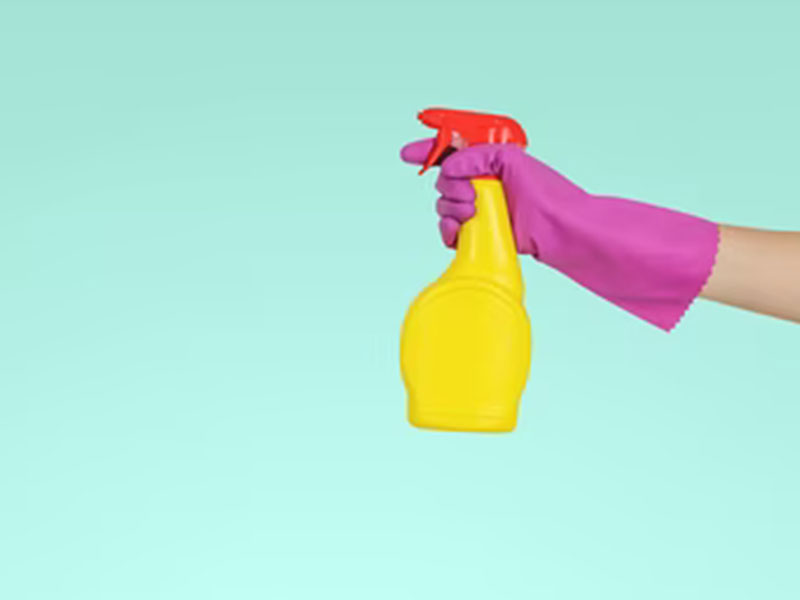
Source: Unsplash
Basket strainers with a low surface roughness are exceptionally straightforward to clean, which is critical for output safety. Any abrasion could lead to bacterial development, contaminating the product and posing a health risk to the end-users.
6. Rate of Flow

Source: Unsplash
It’s crucial to understand the procedure flow rate because it determines whether or not a particular basket filter model would be able to handle it.
7. Mesh Dimensions
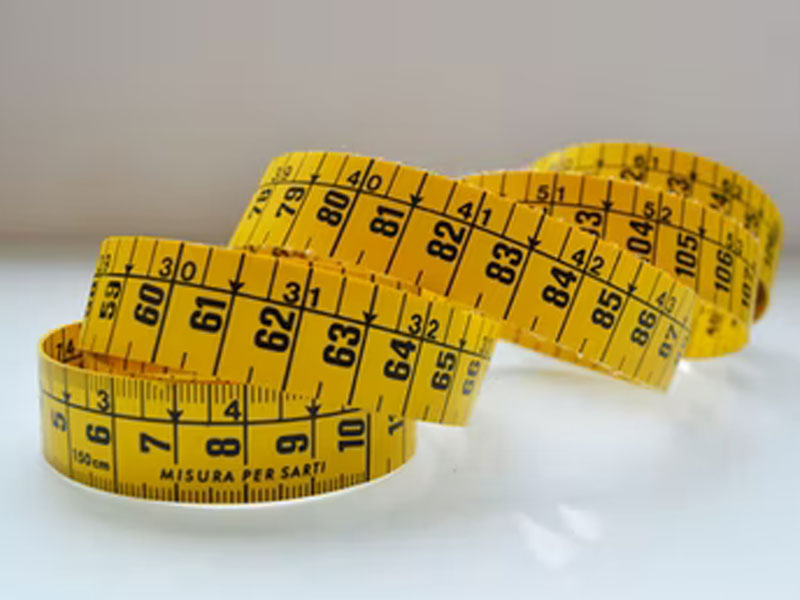
Source: Unsplash
The particle collection by the cleanable screen is shown by the mesh dimension.
8. Fabrication
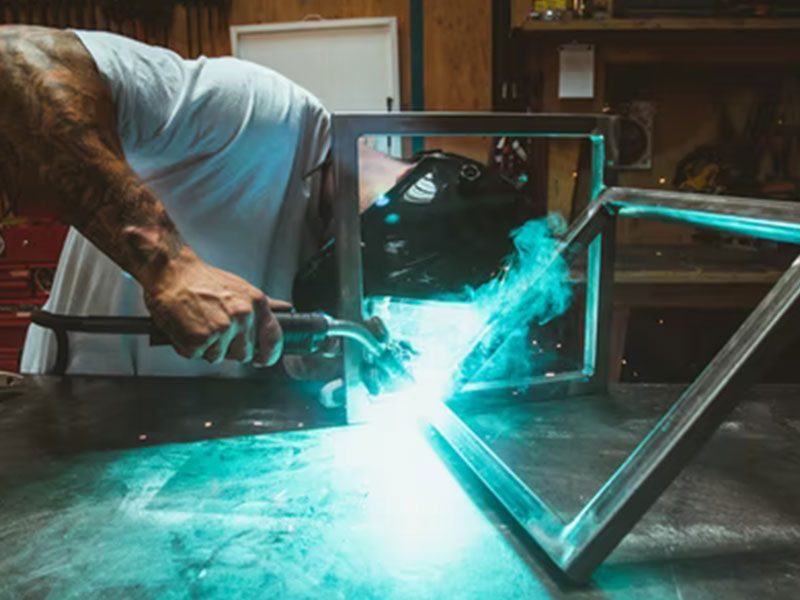
Source: Unsplash
Bolts or welding are used by the producers of industrial welded simplex basket strainers to connect different pieces. Fully welded strainers, on the other hand, are stronger than casted strainers in terms of leaking and washability.
How Does a Basket Strainer Work?

Source: Unsplash
When the filter is turned on, the filtered water enters the strainer basket through the input, passes via the filter panel, and exits the procedure flow outlet into the specified pipe. Particles and solid contaminants in the water cling to the basket filter screen. With this constant flow, more particles are collected, and the filtering velocity slows down with time.
The transported wastewater, on the other hand, runs continuously, narrowing and closing the filter opening, resulting in a pressure distinction between the input and the outflow. The divergent pressure sensor communicates an electrical signal to the operator when the difference between intake and outlet pressure surpasses the specific value, and the control system starts the drive rotator to spin the shaft via the transmission component.
The blowing port is also unlocked at the same moment, and trash is discharged from it. The divergent pressure reduces to the minimal value as the filter screen is cleared by blowdown, the system returns to its initial filtering state, and it functions normally. A housing, various filter elements, a backwashing gear, a divergent pressure regulator, and other components are included in the filter. The liquid enters the lower chamber of the strainer via the inlet and enters the interior chamber of the straining component via the diaphragm aperture when the strainer is in function. It’s an automated filtration system that’s creative, efficient, and simple to use.
The Basket Strainer's Attribute and Advantages

Source: Unsplash
People aren’t usually aware of how critical strainers and filters are for businesses. Strainers are utilized to remove bigger undesired particles from a pipeline or stream of industrial elements, such as grit, dust, organic substances, and chemical blemishes, while filters are intended to remove tiny solids or even chemical constituents that are not noticeable.
The basket strainer is suited for usage that needs high force and quick stream. They’re simple to clean and maintain because the lid is removable, allowing quick access to the strainer portion. This makes it simple to replace, clean, or fix them. Basket strainers with two layers, known as duplex strainers, are commonly employed. These are highly useful since they permit the process to continue while the strainer is being washed or repaired, eliminating the need to disrupt the strainers’ output. As a result, it’s quite realistic and simple to work with.
How to Clean a Basket Strainer

Source: Unsplash
Basket strainers, unlike filters that require to be changed on a frequent basis, can be employed indefinitely as long as they are cleansed and serviced regularly. Preserving pressure in high-flow systems is critical for a pipeline to function properly. Along both sides of the basket strainer, pressure gauges can be implanted to notify you of any potential line anomalies. When the strainer begins to fill with pressure, it must be detached and cleaned. Inability to manage the strainer properly may result in a significant blockage, necessitating the strainer’s replacement, so be careful to keep the pressure under tight control.
In addition to pressure readings, the strainer should be cleaned on a regular basis to preserve its longevity. Before dismantling and cleaning a basket strainer, make sure the system pipe where the filter is located is depressurized, as maintaining a pressured strainer could lead to physical injury or damage to the equipment. Drain the strainer and immerse it in a washing mixture after removing the basket filter portion. If necessary, scrub with a brush to avoid causing the particles to solidify on the mesh. You may want to utilize multiple screens during the washing process to avoid entire device shutdowns.
How Often Should You Clean a Basket Strainer

Source: Unsplash
A basket strainer should be cleaned about every 2-3 weeks.
Choosing the Appropriate Basket Strainer

Source: Unsplash
For various purposes, a distinct basket strainer may be required. Consider the specific responsibilities of your pipeline prior to deciding on a strainer. The pressure and temp parameters of your system, the kind of flowing fluid (corrosive, caustic, etcetera. ), the dimension of the particles in the liquid, and the regularity of cleaning and maintenance of the basket strainer are all important factors to consider. A duplex-style basket strainer, which has two strainer baskets supplied by three-way valves, can also be explored. With this system, one basket can be cleaned and repaired while the other continues to flow.
Where to Put a Basket Strainer

Source: Unsplash
The strainer should be installed upstream of the machinery that needs to be protected.
Replacing a Basket Strainer

Source: Unsplash
The correct procedure must be followed for the strainer basket to be replaced successfully. So, to replace your Basket strainer, follow these guidelines.
Start by unhitching the system.
Carefully loosen the basket strainer. With the right tools, you can easily separate the ends of the flange from the basket strainer.
Loosen the top ring. At this point, you need to grab the basket strainer with one hand. This will prevent it from spinning when you finally remove the washing machine and basket strainer.
The subsequent factor is to smooth the lowest part of the sink. Impact the sinkhole for overseas items and smooth it as well, however, recollect to apply a plastic substance. In any case, keep away from metallic substances as they may harm the surface.
Install a new basket strainer. Remove the ring, then remove the rubber or paper washers. Apply the optimum binder (adhesive) to the surface that comes into union with the sink.
Correctly install the new strainer in the hole. Make sure to put adequate pressure on it so that it moves to an accurate depth and is firmly attached. If there is too much binder, it should be pulled out so that no material remains on the surface.
Now is the time to return to the area under the sink. First, assemble the rubber seal, then the paper washer, and finally the nut. Remove excess binding substance and make sure nothing is left. Rotate and tie the system in a circular motion.
Tighten the nut, but make sure you have a firm hold on the strainer. Remove the slip joint and reinforce the old tailpiece with nuts to put it in place. To stabilize the system, it needs to be snug.
Proceed to assemble the washers and trappers to make sure everything is safe. Then test run the system.
Install a stopper, add water and check the performance. If you run into problems, check for leaks. If you don't see any leaks, it means you did the right thing.
Common Applications of Basket Strainers

Source: Unsplash
Basket strainers are very important in petrochemical operations since they can strain out undesired solid particles from the fuel systems and transmission pipes, and filters are usually employed farther down the feedline to refine the substance even further.
Another field that heavily relies on the basket strainer is the paint industry. It’s critical that the finished product be free of any undesired substances and that the paint be smooth and easy to apply. Filtration systems are frequently employed in specific scenarios to guarantee that the finished product is uniform and free of lumps or molecules that might affect the paint’s usage and quality after administration.
Basket Strainer in Different Industry

Source: Unsplash
A commercial basket strainer may be utilized in a variety of applications. Assuming that the business or corporation in question has selected and installed the most appropriate product.
1. Refinery
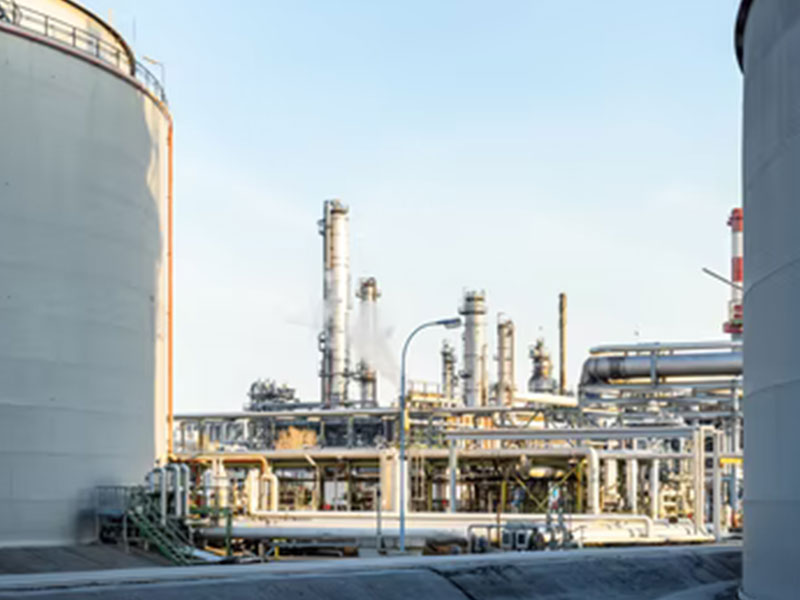
Source: Unsplash
Basket strainers safeguard machinery by mechanically eliminating particulates from liquids and other pipe systems using a perforated or wire mesh filtering screen in a perpendicularly oriented chamber, which is used in combination with flow meters, pumps, and compressors.
2. Waste Water Cleansing
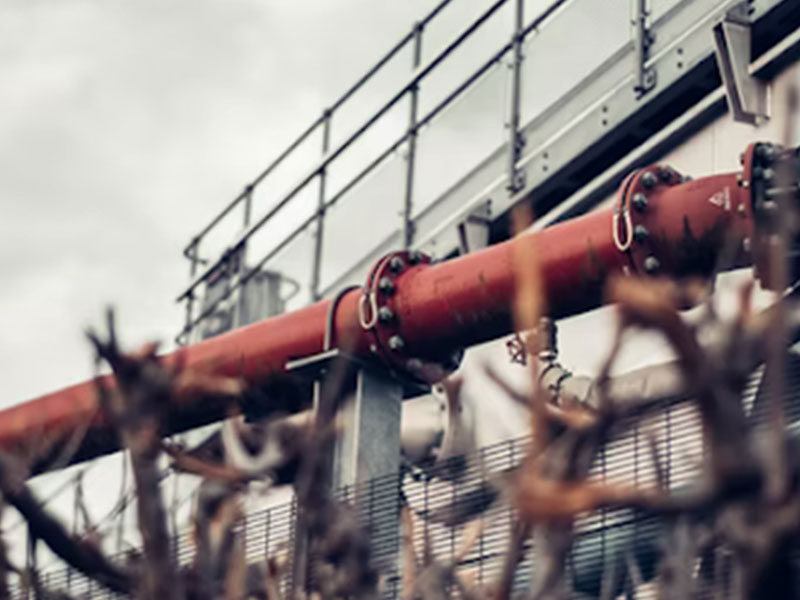
Source: Unsplash
Basket strainers are used in a variety of water treatment usages. They’re usually put in parallel pipeline designs, upstream of valves, machines, and other large machinery. Basket strainers act as a pre-filter, removing particles and preventing harm to downstream gear. This lowers maintenance expenses, as well as future replacement prices and downtime. Basket strainers are an excellent choice when ultra-fine filtering is required yet significant pressure is required.
Stainless steel is commonly used to construct basket strainers, which not only assures their longevity but also renders them straightforward to clean. Because of their basket design, they provide a broad filter surface and a high capacity for holding pollutants. While single-basket strainers are simple to dismantle and wash, double and multi-cylinder strainers are also obtainable, reducing production delay. Basket strainers are an efficient and adaptable filtering instrument in water treatment usage because the mesh size should be set based on the size of impurities that need to be eliminated.
3. Production of Electricity

Source: Unsplash
To preserve the machinery used in downstream operations, the power generation sector needs water to be filtered following ion exchange. This is made feasible by industrial basket strainers and procedure strainers, which can keep up with the needs of major power plants.
3. Production of Electricity

Source: Unsplash
To preserve the machinery used in downstream operations, the power generation sector needs water to be filtered following ion exchange. This is made feasible by industrial basket strainers and procedure strainers, which can keep up with the needs of major power plants.
4. Military Applications

Source: Unsplash
Basket strainers are used on Navy ships to keep things operating properly. Straining and filtration are required for everything from weapon system chilling to motor oil.
5. Irrigation

Source: Unsplash
When it’s time to water the crops, large farms can’t just switch on the hose. Rather, incoming water is filtered via industrial strainers to keep sand, pebbles, and other extraneous materials out of critical pump components. This permits farmers to augment or satisfy their irrigation demands by using on-site reservoirs and catchment troughs.
6. Pharmaceuticals
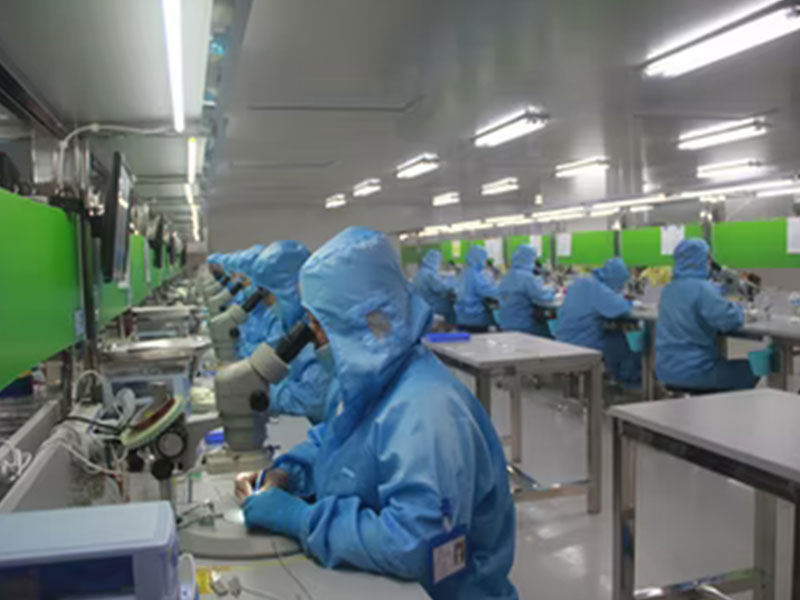
Source: Unsplash
When it’s time to water the crops, large farms can’t just switch on the hose. Rather, incoming water is filtered via industrial strainers to keep sand, pebbles, and other extraneous materials out of critical pump components. This permits farmers to augment or satisfy their irrigation demands by using on-site reservoirs and catchment troughs.
7. Other Medical Applications

Source: Unsplash
Many hospitals and clinics require purified water for use during surgery and other treatments. The simplest approach to have this water on tap and avoid the need for jugs from external sources is to install a strainer. Other pure-liquid requirements can be met on-site with the correct strainers.
8. Manufacture of Food
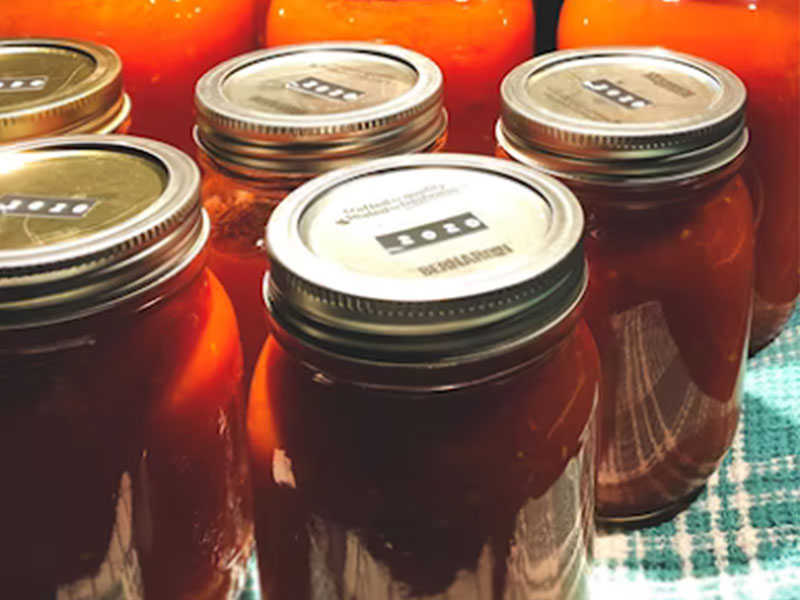
Source: Unsplash
Whether a plant is producing fruit juice, requiring enormous amounts of clean water, or producing maple syrup, it must be able to separate particles from the primary liquid. Solids can be as large as wayward plant stems or as microscopic as mineral particles, based on the liquid origin. The strainer mesh size is determined by what has to be removed from the liquid stream.
In food processing, numerous strainers are frequently utilized. In these circumstances, the broader mesh is employed initially to avoid clogging the smaller mesh with big particles. With the last straining, a suitably pure end product can be achieved by running the strainers sequentially.
Basket Strainer Maintenance Tips
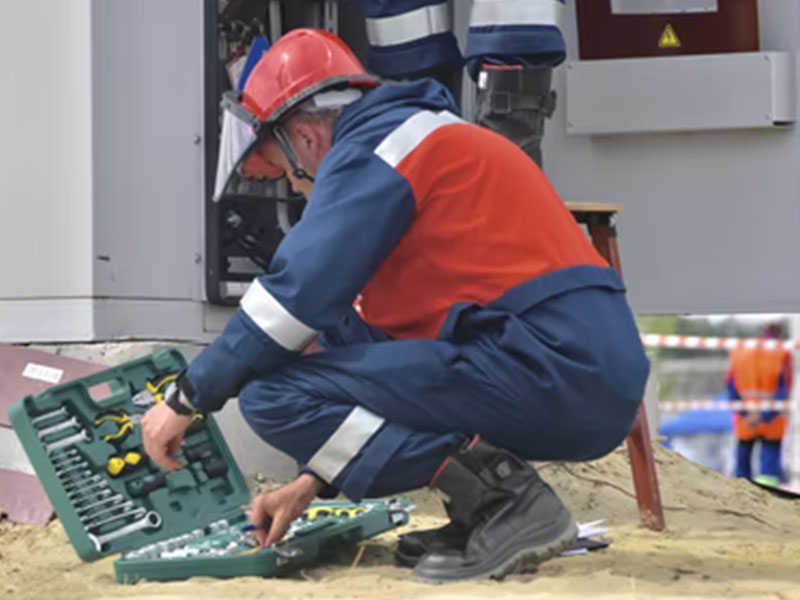
Source: Unsplash
Check the pressure distinction across the basket on a regular basis to see if the basket requires to be cleansed and replaced. The screen will break and need to be replaced if it becomes totally jammed.
Routine maintenance includes inspecting for leaks and washing or replacing the screen on a regular basis. The basket will become jammed with foreign particles during regular use, forcing the distinctive pressure to rise.
It’s important to wash or replace the basket whenever the distinction pressure has risen to an intolerable level, usually between 5 and 10 psi. Allowing the divergent pressure to rise by 20 psi is not recommended. This might cause the screen to break, resulting in downstream machinery damage.
Installing pressure gauges on the inlet and outer sides of the Basket strainer is an easy and safe way to identify when the basket requires to be changed. When the maximum permissible pressure drop throughout the Basket Strainer reaches zero, it’s time to replace the screen. The greatest pressure decrease a Basket Strainer can tolerate is determined by the basket size and structure.
Conclusion
Basket strainers are today a technological, highly refined, and meticulously built piece of equipment, rather than a simple cast body with a wire mesh screen. So, before you go out and get a basket strainer, make sure you know everything about it. More significantly, find a reputable and trustworthy manufacturer to purchase it from. Moreover, reaching us will offer you the chance to work with global experts and masters of industrial quality.

